The Valley of Roses in Central Southern Bulgaria, has for centuries been promoting Bulgaria as a haven of divine beauty. And the attar-yielding rose grown here, the Damascene Rose, a key ingredient in the world’s leading perfumery brands, has become one of the country’s indisputable tourist logos. However, the lovely flower used to brand various advertising materials and souvenirs can hardly represent the full scale of the natural and cultural heritage of the Valley of Roses, a place fraught with tempting aromas and with … millennial history.
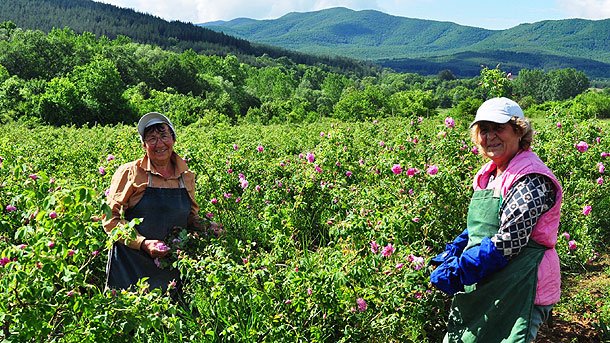
© Photo: Veneta Nikolova
The spring just loves this piece of land lying huddled between two mountains, generously dewed with the quick waters of the Tundja River and its tributaries and still spared by urbanization and mass market tourism. The months of May and June are the prime of the Valley. At this time of year, the rose grounds brighten up in cyclamen shades similar to aromatic rugs at the foot of the Balkan Range. And it is the time for rose picking – a unique and very colorful ritual accompanied by festivals and folklore events. These range from festivals of the rose, reenactment of ancient rituals, pageants of village mummer groups, election of a Rose Queen, etc.
Here, almost every single village and town gets ready with its surprises for the region’s numerous visitors. In the village of Gabarev,o for example, the rose-harvesting season is followed closely by cherry-picking with the celebrated Festival of the Cherry that features amateur folklore groups and tasting of traditional local food. The village lying off the banks of the Tundja River is also famous with its 100 spouts that decorate its streets and with its beautiful stone church St. George Victory Bringer built in 1934.
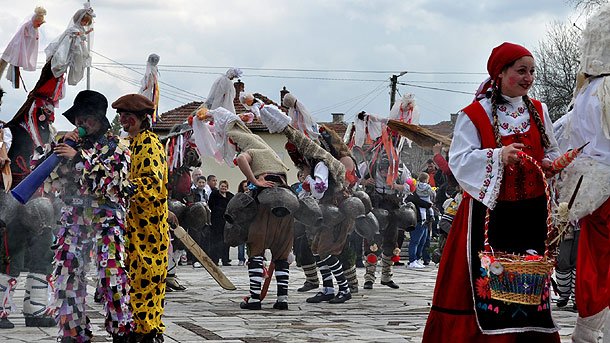
© Photo: Veneta Nikolova
Tourists however come over here mostly attracted by nature. One can combine nice walks in groves by the Tundja River with spa treatments in balneo hospitals and spa centers in the resort of Pavel Banya. Others can opt for the fields filled with the scent of roses, lavender and mint to then take a mountain path that leads up to rocky peaks and chalets bathing in verdure. The peak of Buzludja with the one-time monument of the Bulgarian Communist Party perched on it, not unlike a flying saucer, and the “forest” of windmills nearby can be seen from all points of the Valley. Another majestic view is the peak of Shipka wreathed with the Monument of Freedom honoring the Russian troops and the Bulgarian volunteers who died for the Liberation of Bulgaria from Ottoman yoke in 1877. The peak offers anincredible vista to the Valley dotted with villages, lavenderand rose grounds and orchards and with the kidney-shaped Koprinka Dam in the middle.
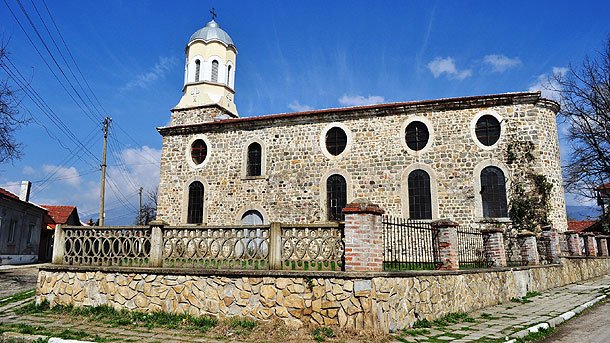
© Photo: Veneta Nikolva
The bottom of the dam keeps the ruins of the ancient city of Seuthopolis, the capital of the Thracian sovereign Seuthus III. The Thracian tribes settled in the Valley during the 2nd millennium BC. They have bequeathed to us priceless evidence of a prosperous culture. So far dozens of Thracian mounds have been researched in the region and some of them are open for visitors. No wonder then that the place is also known as The Valley of Thracian Kings, similar to the valley of Egyptian pharaohs. Unlike the fruitless sand dunes that keep the remains of the Egyptian rulers, the Bulgarian valley at the foot of the Balkan Range is rich in lush greenery. The most famous tomb in the region is the Kazanlak Tomb dated in 3-4 c. BC and included in the UNESCO world cultural heritage list. A copy of the tomb is on display in the town of Kazanlak and is very popular with tourists.
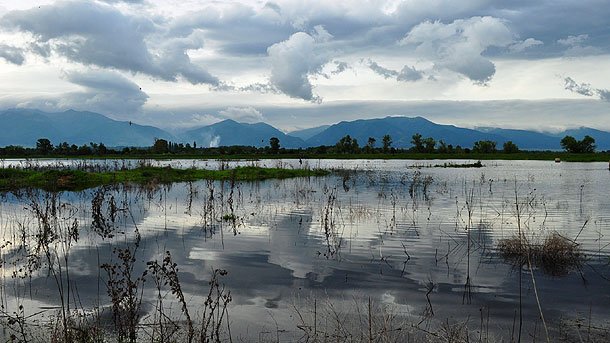
© Photo: Veneta Nikolova
The heart of the Valley also keeps the mausoleum-temple of the Thracian King Seuthus III, the already mentioned founder of the City of Seuthopolis. The legends about its prosperity attract many visitors to the Koprinka Dam. Currently a project is underway for the promotion of the dam and of the city absorbed by it by means of an audio-video show and 3D animation.
“We have an idea to make this topic attractive for tourists”, explains Srebra Kaseva from the Municipality of Kazanlak. “I have in mind a project of film-director Nikolay Yotov who uses state-of-the-art multimedia devices for creating the images of the lost city Seuthopolis and of its sovereign Seuthus III. One strong selling point for the local tourist industry has to do with the mineral springs in Pavel Banya and in the village of Ovoshtnik. Skiing tourism is another worthy option given that ski tracks have already been built near Buzludja Peak.”
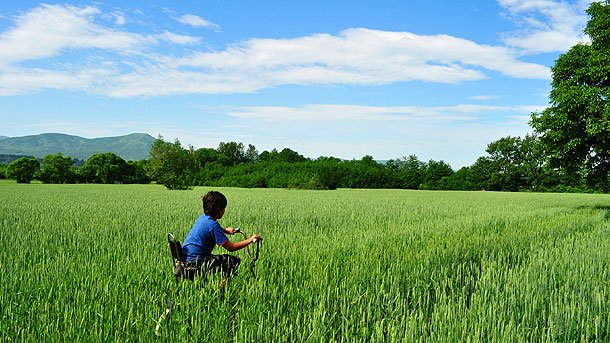
© Photo: Veneta Nikolova
Spending a few days in The Valley of Roses might not be enough to see all sights in the region. A good start is the Damascena Ethnographic Compound in the village of Skobelevo that includes a small adjacent rose distillery and a small museum. Tourists can buy rose brandy, rose water and various cosmetic products with rose content. Nearby there is an ostrich farm where the hosts will make for you a huge omelet from ostrich eggs. Fish restaurants off the Koprinka Dam are hard to resist too. There is a small camping site there – a haven for the lovers of nature-friendly lifestyles and tourism.
Translated by Daniela Konstantinova
The awards in the "Hut of the Year" competition, a joint initiative of 360Mag magazine and the Bulgarian Tourist Union, were presented at a ceremony in the Cinema House in Sofia. More than 100 mountain lodges and shelters from all..
The rock formations overhanging the Rusenski Lom River and its tributaries Beli Lom, Cherni Lom and Mali Lom are a magnet for nature lovers and adrenaline seekers. The whole area is known as Polomie or "Mountain under the Plain"...
Caretaker Minister of Tourism Evtim Miloshev opened the 19 th International Exposition “Cultural Tourism” in Veliko Tarnovo, with the participation of 10 countries as well as 30 Bulgarian municipalities. In his address, Minister Miloshev..
The Yantra River rises in the Balkan Mountains at 1,220 metres above sea level and descends northwards, meandering through picturesque valleys and gorges..

+359 2 9336 661
